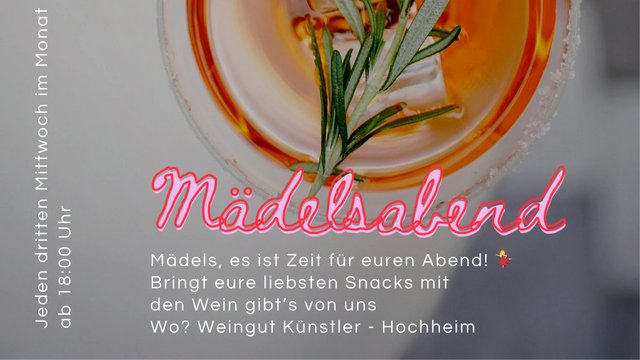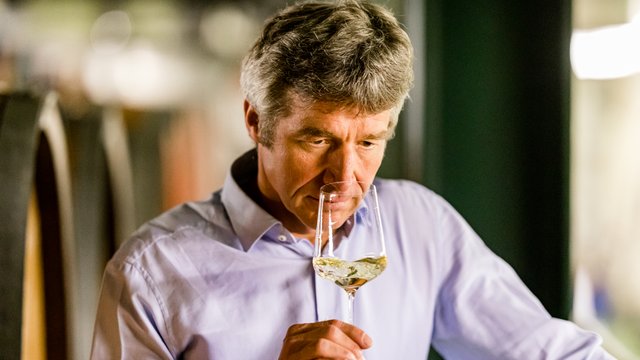Berg Rottland
Total area: 35 hectares
Weingut Künstler 0,3 hectares
Vineyard
The Rüdesheimer Berg Rottland is a steep site located on the western edge of Rüdesheim. The vineyard name is taken from the Middlev High German word for cleansing ('Rotten') and alludes to the agricultural techniques used to reclaim the land for viticulture. The cleared space is believed to have been a grant from the archbishop of Mainz to the winegrowers of Rüdesheim made sometime between 1031 and 1051. Their hard work turned the fallow space into one of the most famous steep sites anywhere in the Rheingau. Sheltered in a natural basin in the Rüdesheim hillsides and blessed with an outstanding supply of water, this site is known for consistent production of highly ripe fruit and wines of depth and minerality.
Wine
The unusual combination of quartzite and slate in the upper soil and durable loess-clay throughout the steep site leads to a unique combination of stony, salty wines with inner fortitude and tremendous body and power — legendary even a century ago.
Soil
A bedrock of clay shale forms the foundation of the "Rottland" vineyard. During the Ice Age, frost damage split this shale into fragments. As the earth began to thaw, the pulverized stone mixed with fine weathered sediment and loess deposits into a slurried "rock debris" that then flowed down the face of the slope. Centuries of viticultural use then brought significant changes to the soil, leading to various attempts to rejuvenate the exhausted subsoil. These included swapping the upper soil from different parts of the vineyard and repeated application of the "Rigolen" double-digging technique to further mix the soils. To fight unevenness in upper strata and promote better topography and soil health, fertile surface materials from nearby parcels were leavened in throughout. The most recent soil covering brought a layer of light brown, mildly weathered stone.

